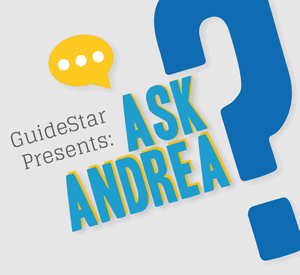 Knowing the behavior patterns that you repeat again and again helps you not be at their mercy.
Knowing the behavior patterns that you repeat again and again helps you not be at their mercy.
Recognizing your own patterns is a valuable tool. But being able to recognize the patterns in other people is just as important.
Kihlstedt’s First Rule: People are Consistent
Anyone who has ever worked with me knows about Kihlstedt’s First Rule.
Just in the way that you have standard behavior patterns, so do the people you live and work with.
If you’re able to recognize their patterns, you’ll be able to live and work with them more easily and productively.
For example, in my post on behavior patterns, I admitted to this pattern:
When faced with a new opportunity, I get super excited. Then I get scared. And finally, I get to work.
Once you know that about me, you can discount the super excitement. Wait while I back off for a while. And then work with me when I’m ready to work at my most productive.
If you don’t know that my behavior is part of a recurring pattern, you may well feel whipsawed:
Whew… She was super excited yesterday but has totally disappeared today. What’s going on with Andrea?
But once you know my pattern, you’ll just wait a bit until I level out. You won’t think I’m nuts (at least not in that way). You’ll know that I’m just doing my thing.
Identify the Behavior Patterns of Your Friends and Colleagues
It may take some time to figure out a friend’s recurring patterns… to understand what’s part of the pattern and what’s not.
Here’s a simple example. My friend Linda is chronically late. Lateness is part of her pattern. I can count on her for that.
I can also plan ahead for Linda’s lateness by suggesting that we meet earlier than necessary and then not fretting when she shows up late. Making accommodations to Linda’s pattern sure beats getting furious while I wait for her every time we meet. In fact, it’s saved our friendship.
Once you’ve “got someone’s number,” you’ll find it much easier to work or live with them. Because you’ll know what to expect. You’ll be able to plan around behavior patterns rather than being controlled by them.
Notice the Behavior Pattern of a Good Friend
This week, try to identify a behavior pattern of a good friend. Watch for a pattern that occurs again and again. Your friend may not be aware of the pattern or that it repeats. It doesn’t matter. If you can recognize the pattern in your friend, then you can learn to accommodate it. You can simply watch it play out and smile.
In what ways do you accommodate the patterns of your friends? Share your observations in the comments.
